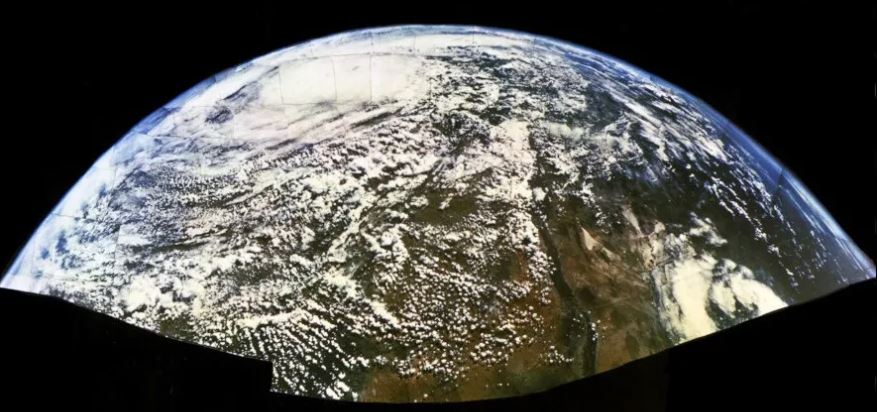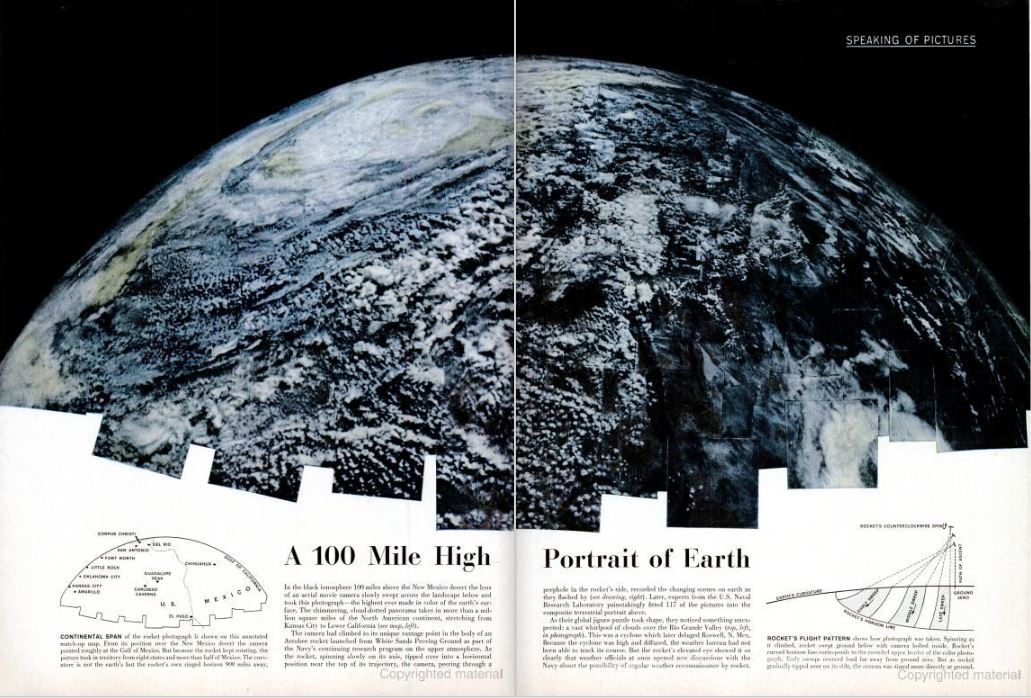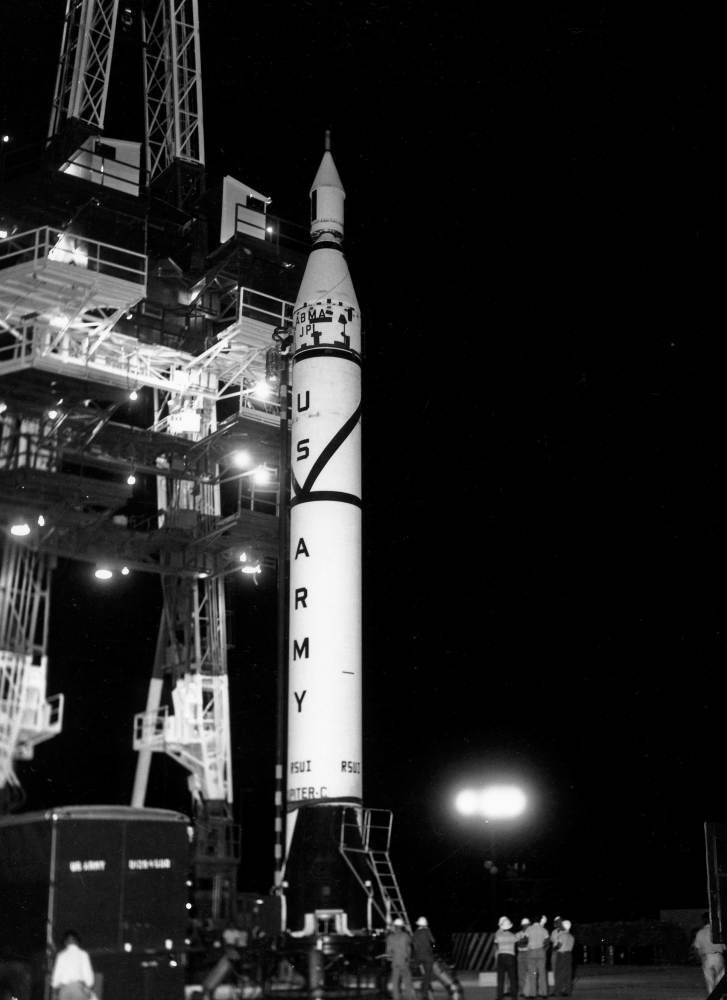America's Forgotten Space Program
by Robert HaskellA common misconception is that the space age began in 1957 with the launching of Sputnik. The space age actually began much earlier when the first V-2 rocket exceeded the Karman line - the internationally agreed upon boundary between Earth and space (62 miles or 100 kilometers). We do not celebrate this for obvious reasons but the capabilities of the V-2 rocket were independently first confirmed by the US Army on May 10, 1946 when a captured V-2 rocket reached 71 miles apogee. Although the superpowers cannot technically claim they began the space age due to this simple but inescapable fact, there is much more to this story than most people realize.
Contrary to popular belief, America actually did have a rudimentary space program before NASA through the military and independent research projects. The V-2 experiments at what was then known as the White Sands Proving Ground were only one aspect of these studies. The Aerobee sounding rocket, the successor to the WAC Corporal missile built in WWII, actually achieved space flights on a number of occasions as published in Life magazine and other popular news and science publications of the day. Built from scratch using American ingenuity, the Aerobee sounding rocket was a very different rocket than the V-2 and was actually the preferred vehicle of high altitude research of the time. In fact, on October 5, 1954, the first color images of Earth and the first detailed view of a tropical cyclone were caught using specially modified cameras on-board an Aerobee sounding rocket:


Although using color film may not seem like a monumental achievement, at the time, all attempts to photograph Earth from space in color had failed. What was needed was a high speed camera that did not jam under the extreme forces or produce a glaring effect from the sun that made it impossible (in color) to see the planet. By modifying the cameras, Dr. Otto Berg solved these technical issues and gave the world its first color perspective.
By 1956, the US military developed and tested a new more powerful rocket known as the Jupiter-C which successfully achieved all the requirements needed to put a satellite into orbit. Although political mishandling did not allow it to be used on America's first attempt to launch a satellite, the Jupiter-C flew three notable space flights before Sputnik including its first mission in which it reached an astonishing 682 miles (1,097.57 kilometers). This first deep penetration into space dwarfed the apogees of even the highest flying rockets of the time as it also set records in terms of speed (the first orbital velocity), total distance traveled (3,335 miles) and number of stages. Built initially with 4-stages, the design changed when President Eisenhower ordered its 4th stage ballasted with sand to prevent an "accidental" satellite launch by the military that might be considered provocative to the Soviets. Preferring a peaceful space program not run by the armed forces, a public program known as Project Vanguard was giving the green-light instead. After the subsequent failure of Project Vanguard, a modified version of the Jupiter-C known as the Juno I would later be used to launch America's first satellite into orbit. The Jupiter-C may not be as well remembered as America's later rockets but its dual purpose made it technically the first ICBM - another point historians often get wrong!
